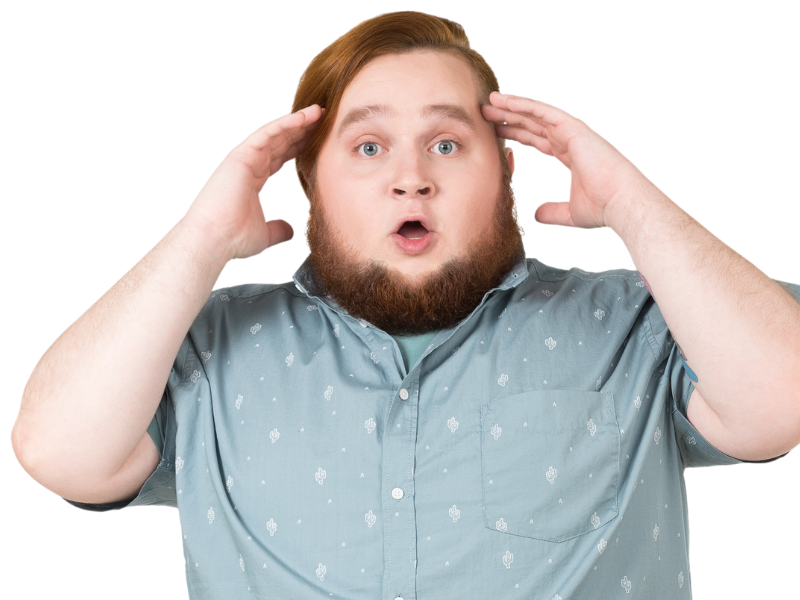When you have migraines, knowing your triggers can mean the difference between avoiding a headache or getting one. Even though science is still not sure about what exactly causes migraines, experts know that everyday things like foods, drinks, sounds, smells, and medications can trigger one.
That’s why when people are first diagnosed with migraines, they are advised to keep a diary to record details of their daily activities. Trigger trackers help many migraine sufferers reduce the frequency of their attacks by helping them identify and eliminate potential migraine-inducing factors from their everyday lives.
Every migraineur has different triggers. For example, caffeine can be very polarizing among migraine sufferers: studies have shown that caffeine can be both a headache trigger and an inhibitor, so its effects vary depending on the person taking it. Another example is sleep; some people report getting a migraine after sleeping too little and others after sleeping too much.
But while some triggers are less common than others, different types of food remain at the top of many migraineurs list. If you think certain foods might be triggering your migraines, an elimination diet can help you get a clearer picture. Here’s how to do one.

Identifying Your Food Triggers
Contrary to popular belief, migraine food triggers aren’t always unhealthy, greasy, or sugary foods. Typical things you might frequently eat like citrus fruits, aged cheese, dark chocolate, eggs, apples, and onions have been known to trigger migraines. Still, since everybody responds differently to the substances they consume, the best way to identify the culprits of your recurring headaches is with an elimination diet.
What Is An Elimination Diet
Despite being called a ‘diet,’ elimination diets have nothing to do with weight loss. An elimination diet is the act of removing different food items or groups for a determined amount of time and then slowly reintroducing them to see how the body responds.
In addition to migraines, another reason why people might do an elimination diet is to look for sensitivities. In fact, elimination diets are the gold standard for diagnosing food allergies or intolerances like celiac disease and lactose intolerance.
Elimination diets are divided into two phases: elimination and reintroduction.
Elimination Phase
The aim of the elimination phase is to remove foods you think might be triggering your migraines. This phase should last at least three months, and the goal is to determine if your migraines have changed – e.g., they’ve become less frequent or intense – or if your symptoms remain the same or have worsened.
If you think certain foods might be triggering your migraines, but you don’t where to start, consider cutting out the most common culprits first, including:
- Canned, cured, and processed meats
- Alcohol and vinegar
- Oranges, apples, and bananas
- Chocolate
- All dairy products
- Artificial sweeteners
- Soy products
- Eggs
- MSG
- Wheat
- Nuts (including peanuts)

The University of Wisconsin has a comprehensive list of potential headache food triggers as well as migraine-safe alternatives to those foods. Read the list here.
If you know for sure that some of these foods aren’t triggers for you, there’s no need to eliminate them. It is important to point out, however, that you should replace any potentially triggering ingredients with healthy foods that are going to provide you with the vitamins and nutrients that your body needs.
During the elimination phase, it’s essential that you keep a trigger tracker. Cutting out possible food triggers doesn’t guarantee that you are not going to get migraines, but it will make it easier to pinpoint other potential triggers like lifestyle habits, medications, sleep changes, etc. if you do get one.
Keep a migraine diary and make sure to record every migraine attack, including its severity and duration, as well as any noteworthy information like your sleep quality, your stress levels, the weather, and any significant activities you may have done during the day.
MigreLief Original contains key nutrients such as magnesium, riboflavin (vitamin B2), and feverfew, known for their potential health benefits. Consider incorporating it into your wellness routine for overall support.
Reintroduction Phase
The idea behind an elimination diet is to find how which foods might be causing your migraines, not to permanently expunge every potential trigger without figuring out how they affect your headaches. That is why during the second phase of your elimination diet, you are going to slowly reintroduce the foods that you eliminated, one by one.
Some experts recommend starting with the food or food group that you think is less likely to trigger a migraine. If, for example, you believe bananas might be safe to eat, try eating one banana a day for two or three days and see how you feel, but don’t overdo it.
It is important to wait at least two days before you reintroduce more food groups. Research suggests that sometimes, prodromal symptoms can precede the headache part of a migraine by up to three days, so don’t rule out a food item just because it didn’t trigger a migraine immediately.
A Word of Caution
Remember to eat enough food and drink plenty of water during your elimination diet. Extreme hunger and dehydration are known migraine triggers and can cause other health issues as well. Always consult your doctor before making any significant changes to your diet, especially if you have diabetes, are taking medications, or have a serious health condition.
Elimination diets are not foolproof, and while research studies have shown significant improvements both in the frequency and duration of attacks for people who have been able to identify their food triggers, not every migraine is caused by food.
The road to finding relief from migraines is not always a straight one, and not knowing what causes them can be extremely frustrating. Nevertheless, a combination of identifying – and avoiding – your triggers, while implementing a preventive strategy is key.


